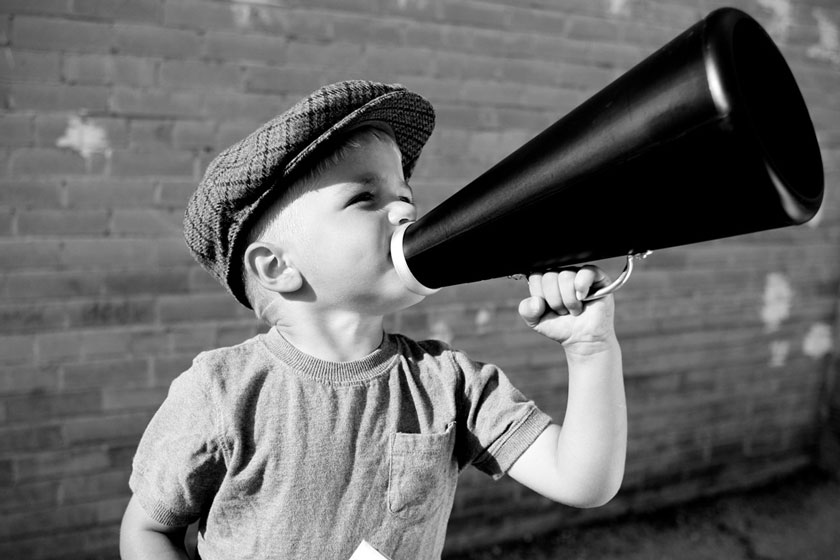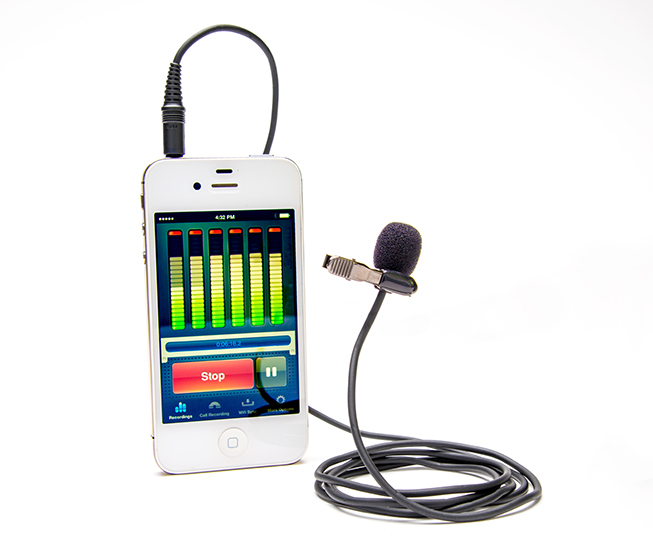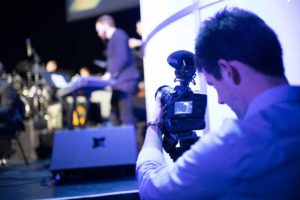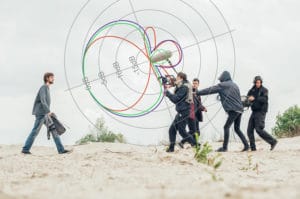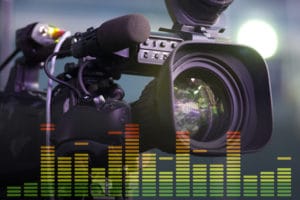Sometimes in tough situations it’s necessary to call for backup. We all experience instances where we could use a little extra help, and in the realm of filmmaking there’s no exception.
What if you only have one chance to get the take you need done right? Whether your shoot is scheduled for a specific date and time, or the people involved are only available/paying for this to be done once, in these types of scenarios there are no do-overs and that means every precaution must be taken to ensure that you can work with what you got. This could involve planning out the lighting, the angle of the shot, making sure you have plenty of batteries, memory cards – all really important factors to take into consideration in order to guarantee delivery of a great final product – but what some filmmakers often overlook in all their planning is the sound. If you don’t get the proper sound you need the first time, you could be stuck with a defunct project.
We all know by now that relying on a camera’s built-in microphone is less than ideal. At best, the audio from a camera’s built-in mic may be used as a reference point when syncing audio and video. But actually using it in the soundtrack of your film or video would be deemed unacceptable by many (especially a paying client) so it’s probably a good idea to avoid relying on it as your backup audio source.
To make sure you’ll have professional sounding audio no matter what unforeseen issues occur, you’ll need to have a concrete backup audio plan in place for every shoot. Of course, each filming scenario may call for a different audio setup, and these can come in many forms, so let’s discuss a few of them.
Wireless Mic Issues? There’s An App For That
There are many things that can go wrong when using a wireless microphone as your primary audio source. This can come in the form of RF interference, possible dropouts due to distance or line-of-sight obstruction, batteries dying, problems with cabling, etc. Fortunately, the cheapest and most effective backup audio solution is most likely already in your pocket! That’s right, your smartphone.
Many of us overlook the capabilities of our smartphones in situations like this, but when paired with a compatible lapel microphone (such as Azden’s EX-503i Studio Pro Lapel Microphone), your smartphone can be a very useful audio recording tool. Simply plug the lapel mic into your smartphone’s headphone jack (or for you post-iPhone 6 users, the included Lightning to 3.5 mm headphone jack adapter) and hit record inside the voice recording app of your choice. It’s best practice to put your device into Airplane Mode to avoid interruptions from calls, texts and notifications. A small triangle of gaffer’s tape can help to conceal the secondary lapel mic capsule behind a necktie or a shirt collar. Keep the phone in a back pocket and feel safe knowing if your wireless microphone kit cuts out or goes down, you still have a professional sounding audio track at your disposal.
Always Record!
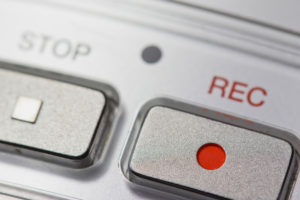
An on-camera microphone can produce quality audio for a DSLR or mirrorless camera. But if your on-camera mic loses power, or you forgot to turn the mic on, your recording will get nothing but silence. This is where a portable audio recorder can come in handy. In most cases, you can run a wireless microphone system or a boom mic into the audio recorder (such as a Tascam DR-70D or Zoom H1n/H4n audio recorder). You can even set up the recorder very close to your subject while keeping it out of frame. This can act as your primary audio source or give you a backup file of close-proximity audio that you can edit into your film’s audio track.
The Safety Track
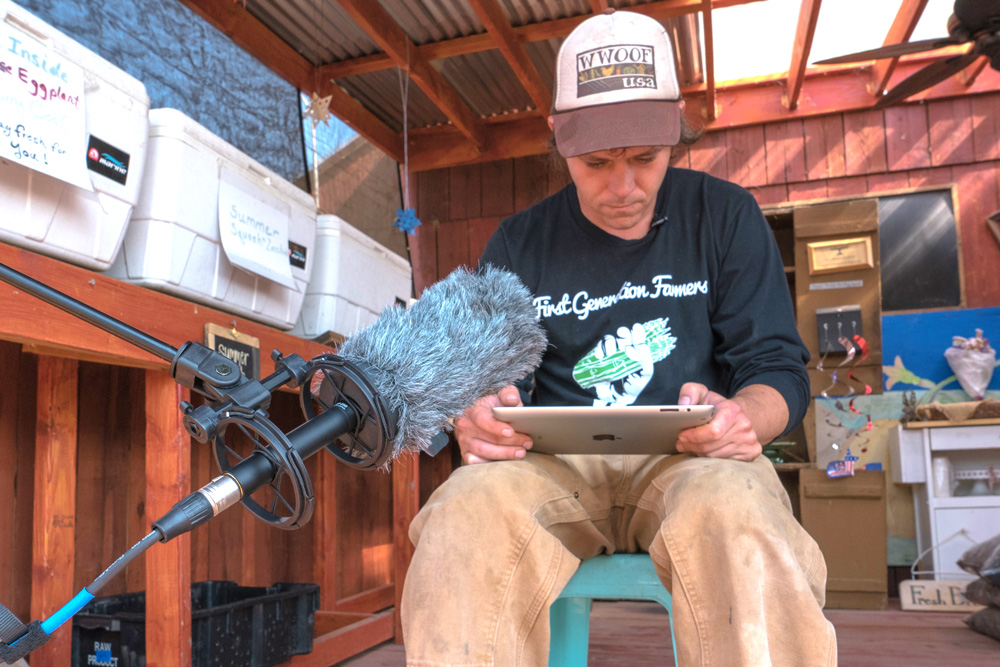
Another popular tactic is to use the audio recorder as an on-camera mic, using the recorder’s built-in mics, while also running a boomed shotgun mic (like Azden’s SGM-250P Professional Shotgun Microphone) into the second channel of the recorder at a lower volume. Having a second audio track at a lower volume helps in case of any sudden loud noises that would cause distortion or clipping. This is what’s known as a “safety track.” If something gets knocked over during the shoot or your subject increases the volume of their voice suddenly, you’ve got the safety track to use in your editing.
So, What’s Your Angle Here?
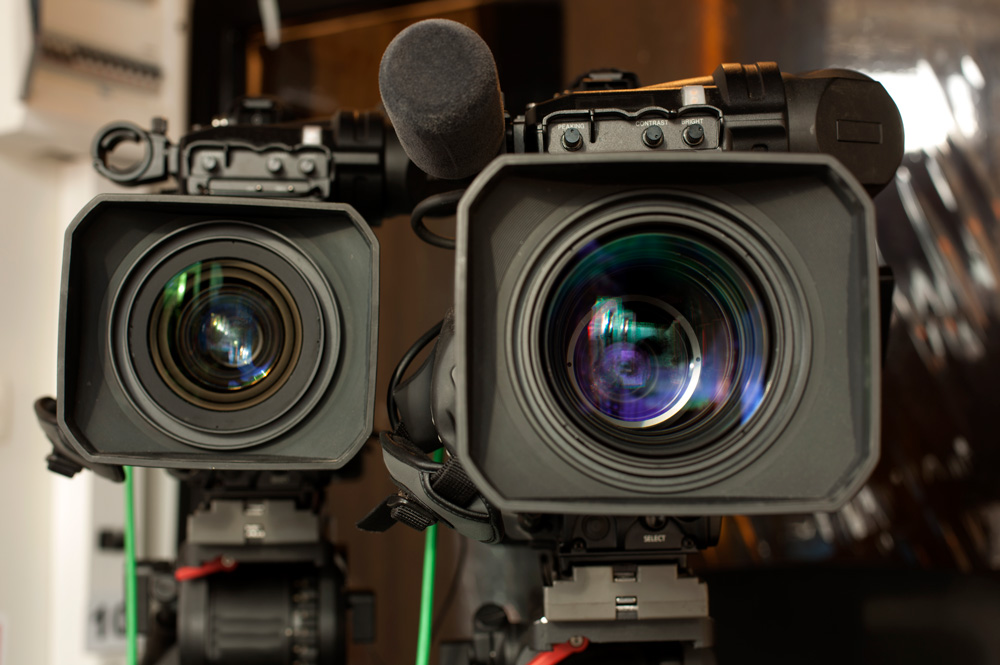
In the case of a multi-angle shot with multiple cameras, you can use this to your advantage. If each camera has a high-quality mic connected to it, then you’ve got multiple audio tracks to pull from in case one goes down. One camera would have to be designated as the primary audio source, in which case, the closer its proximity to the subject, the better. Be careful in this scenario, as the differing distances of each camera to the subject will influence how the audio track sounds (the sensitivity and pickup patterns of the microphones are very important here). But even so, this setup gives you multiple, viable audio recordings that you can fall back on in case your main audio source runs into issues.
Make Friends With The Sound Guy!
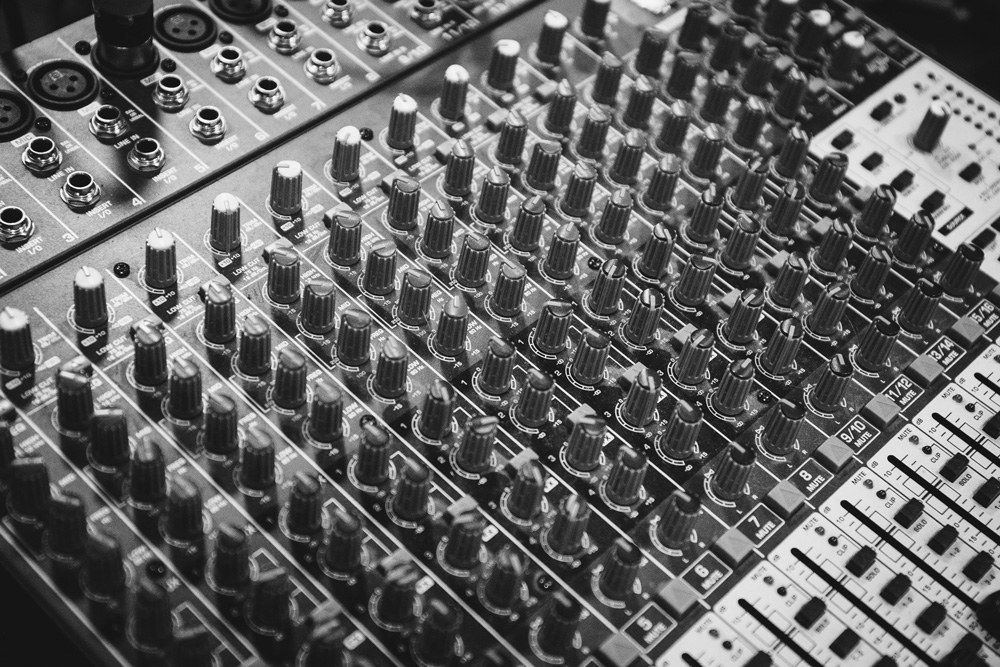
If you’re fortunate enough to be doing video where there’s also a professional mixing board or live sound setup, you’ve received a gift from the audio heavens! Ask the live sound operator if you can take an auxiliary output from the sound board and run it to your camera, either via a wireless or wired connection. You can send this audio directly into a secondary camera, or a portable audio recorder. This option gives you high-quality sound from all the house mic sources mixed down to either one or two tracks. Even here, it still doesn’t hurt to persuade the speaker or speakers to implement the smartphone tactic discussed earlier, just in case!
Any of the previously mentioned scenarios can be tweaked or combined to suit the needs of the shoot, since every situation is different. But in the most important of filming situations, redundancy is key. Secondary footage is good if you can get it, but ultimately, a secondary audio backup is much more important. Securing backup audio will ensure that you have a necessary fail-safe in place to prevent your entire project from going bust.

